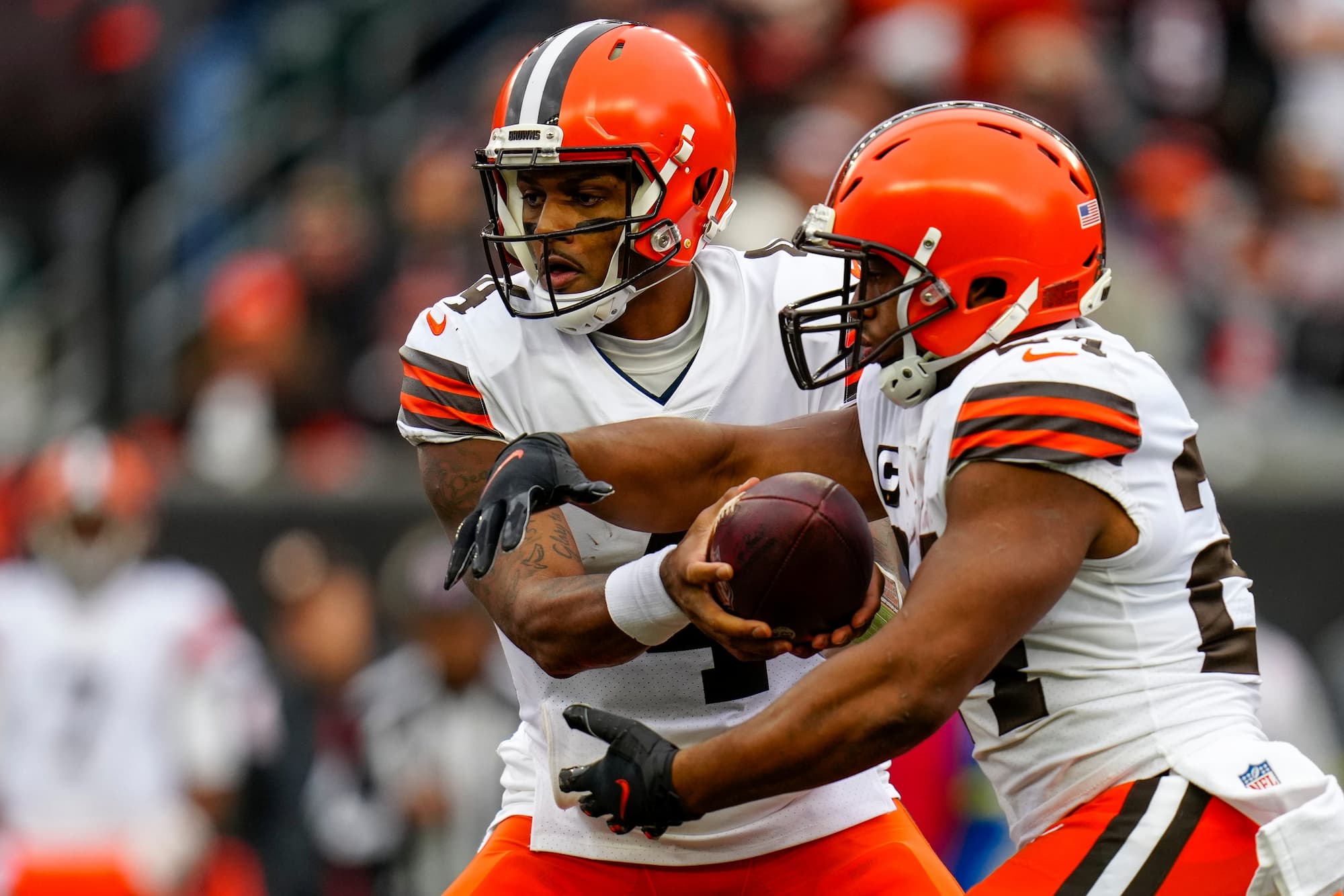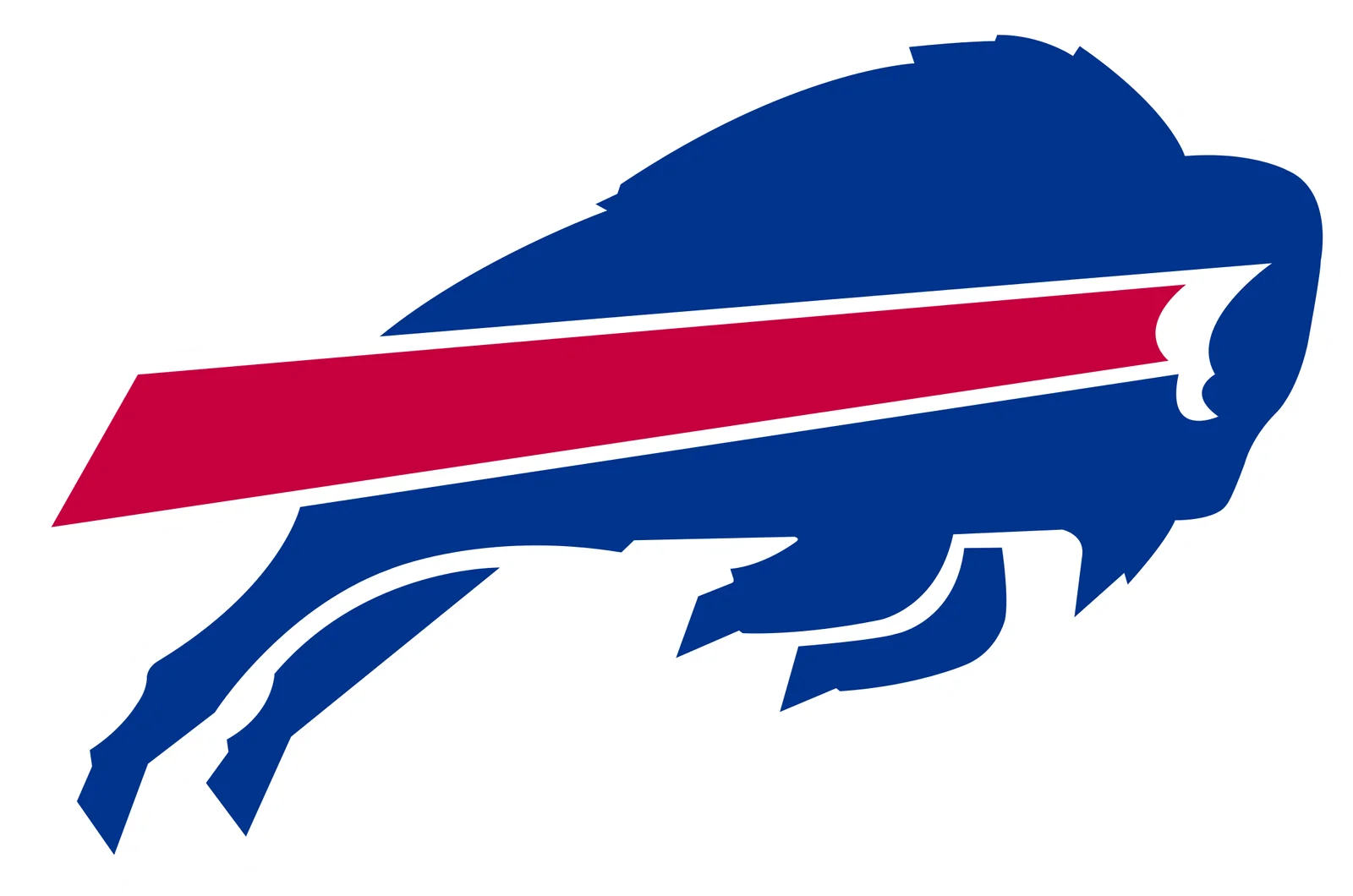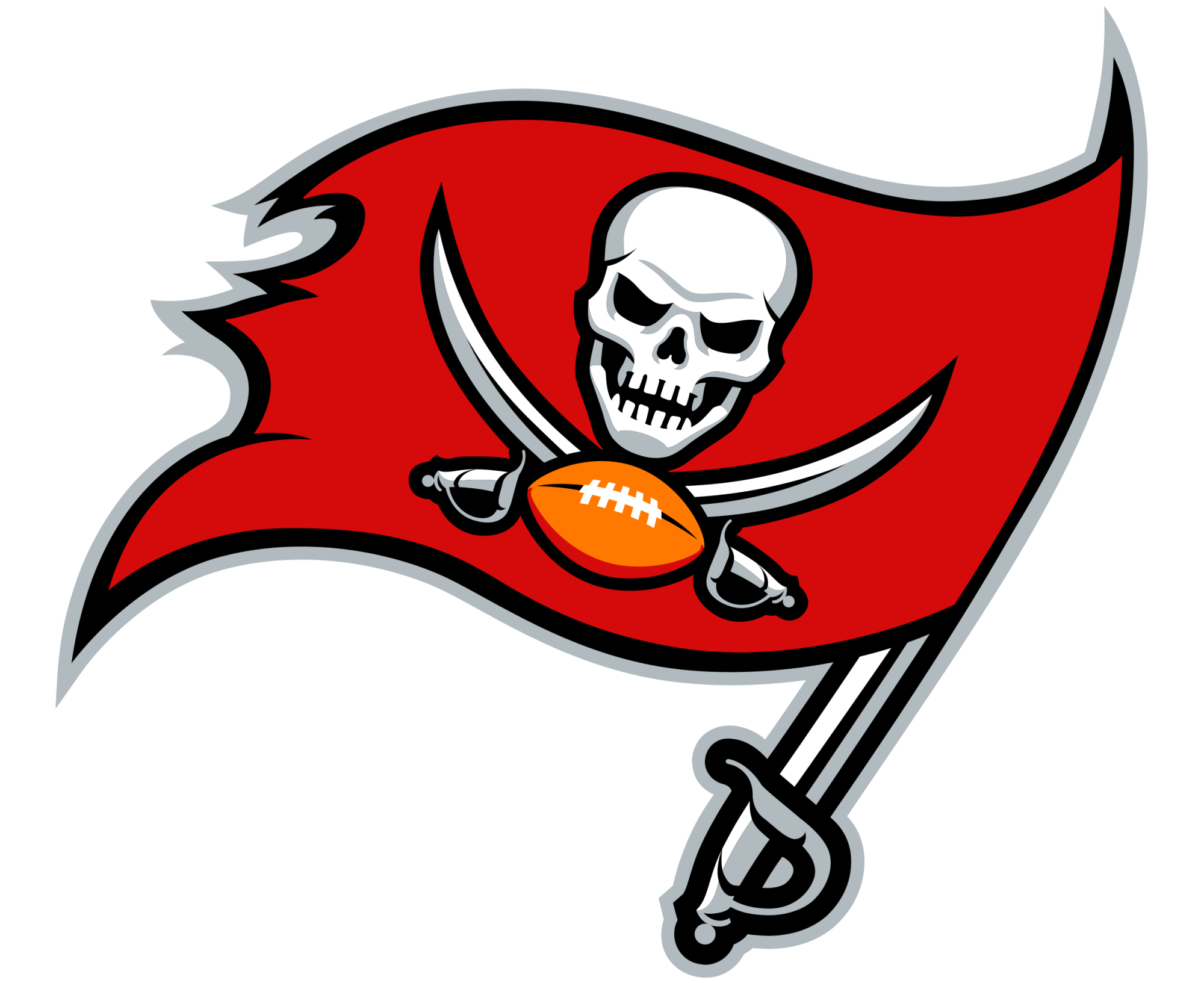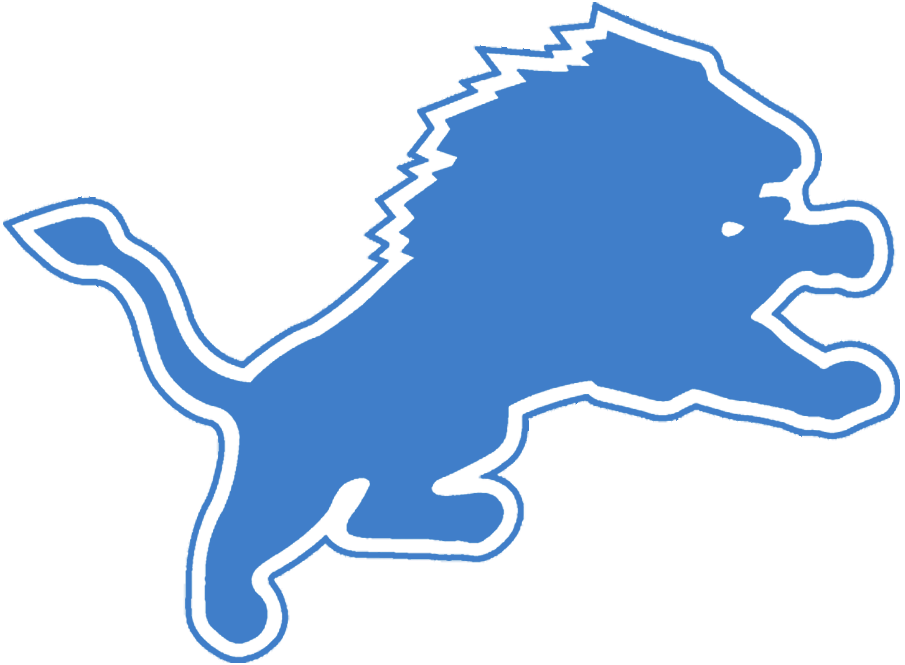It’s Time To Feed Nick Chubb

Photo Credit: Sam Greene via USA TODAY Sports
In today’s NFL, teams are fueling their running games by deploying multiple backs in several different ways. The Dallas Cowboys spent the last few years splitting carries between Tony Pollard and Ezekiel Elliott. Detroit found their way near the top of the league doing the same with Jamal Williams and DeAndre Swift.
Then consider the seemingly endless multitude of running backs used by teams like the San Francisco 49ers and the Miami Dolphins. Whoever was healthy and could work their way into the gameplan did just that, and both teams made this strategy work.
Even with trends pointing the complete opposite direction, the Cleveland Browns should consider walking a different path, and for one very simple reason: They have Nick Chubb.
The former second-round pick should be the lone option in the backfield this season for the Browns. No more splitting a bulk of the carries like most NFL teams have turned to. Chubb has not only found success in the backfield, he’s only gotten stronger as his career goes on. The Browns should feed their No. 1 option the ball and lean on him as they look to point the franchise in the right direction.
Since his arrival in the league as a 23-year-old from Georgia, Chubb has collected the bulk of the carries for the Browns. He’s never carried the ball less than 190 times in a season, and his lowest season total came in 2020 when he only played in 12 games.
This past season, his fifth year in the league, was Chubb’s strongest yet. He tallied 302 carries, 1,525 rushing yards, and 12 touchdowns, which were all good for the third-best in the league. This all came while splitting carries with Kareem Hunt, which he’s done for most of his career in Cleveland. Now imagine what Chubb can do with all of the carries.
Carries were pretty evenly split between Chubb and Hunt in 2020 – 190 to 198, respectively – and Chubb still outproduced Hunt with 1,067 yards and 12 TDs compared to Hunt’s 841 yards and six touchdowns, with four more games played.
The 179-carry difference between Chubb and Hunt this past season was the largest difference between the top two running backs on the Browns since Chubb joined the franchise in 2018. It just so happens that it was Chubb’s best season to date as well.
With Deshaun Watson re-entering the fold after serving his eight-game suspension last year, the Browns won’t need to run the ball nearly as much as they did a year ago. But that doesn’t mean they shouldn’t.
With Jacoby Brissett under center, Chubb carried the ball more often and averaged more yards per attempt than he did in the final six weeks of the regular season when Watson returned to the field.
This year, with Watson back into the mix full-time and a multitude of weapons on the outside, the Browns will be able to deploy a more balanced offensive attack. It will keep teams off balance, which will give Chubb the opportunity to attack teams in better situations. Teams will have to respect Watson’s ability to throw the ball after they were able to stack the box last season and put pressure on Brissett while filling up Chubb’s running lanes.
This season can be completely different for the Browns, and head coach Kevin Stefanski has the necessary experience to make it so. He leaned on running back Dalvin Cook during his time as the offensive coordinator with the Minnesota Vikings to much success.
During the 2019 season, his lone season as the OC in Minnesota, the Vikings went 10-6 and Cook carried the ball 250 times for 1,135 yards and 13 touchdowns. Cook took up just over 52% of the Vikings’ carries that season as Alexander Mattison recorded 100 carries for 462 yards and just one touchdown. The following season, the Vikings took it a step further as head coach Mike Zimmer stuck to the one-back system after Stefanski took over the Browns. Cook put together the best season of his career, rushing 312 times for 1,557 yards and 16 touchdowns. He took up 66% of the carries for the Vikings.
In 2018, with Stefanski working as the quarterbacks coach for the Vikings, Minnesota split carries between Cook and Latavius Murray, and the team only rushed for a total of 1,493 yards. That 2019 season was the year Cook exploded onto the scene as he’s turned into one of the best running backs in the league, and he has yet to rush for less than 1,000 yards in a season since.
The system that proved to be successful with those Vikings teams is reminiscent of the strategy Cleveland will deploy this season, and the context is similar too.
In 2019, Vikings quarterback Kirk Cousins had two-top tier targets in Adam Thielen and Stefon Diggs. A year later, Cousins had Thielen and rookie wide receiver Justin Jefferson, who both recorded over 900 receiving yards.
With a similar team makeup — the Browns have the likes of Amari Cooper, Elijah Moore, David Njoku, and Donovan Peoples-Jones as receiving options — Cleveland could create a viable mix of run and pass. The threat of a top-tier quarterback like Watson under center will open up the running game for Chubb. The former Georgia Bulldog will be able to take advantage of defenses by running for large chunks at a time rather than earning two to three yards per carry like he did at times last season when defenses were more focused on the run than the pass.
With Hunt a free agent this season and Chubb as the only viable running back on the roster with any type of valuable experience, the 5’11”, 227 lb. RB is in a great position to take over as the lone back and carry the Browns running game to new heights.
Up Next





